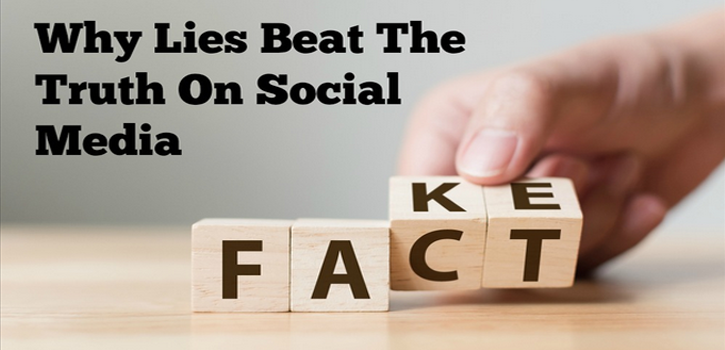By Shehara Alahakoon
It is extremely encouraging to see that most businesses and brands have begun focusing on the environmental protection, in Sri Lanka and on a global level. Climate change, inequal distribution of resources and natural disasters are no more stand alone concerns but affects all aspects of life around the world. Understanding the dire need of nature conservation in order to ensure the continuity of living beings, it is the responsibility of all businesses and brands to adopt sustainable strategies of operations, irrespective of the industry they operate in.
The recent unfortunate event associated with a foreign cargo ship carrying chemicals which was caught fire off the coast of Sri Lanka, shed light on the environmental disasters that have occurred and may occur in the future. This accelerated the identifying of the clear urgency to act, especially among the Sri Lankans. Businesses have understood that all operations are interconnected on a global scale irrespective of point of operation and that they all need to join forces to ensure that the nation is conserved for generations to come.
Today, most brands have clear brand purposes to connect with the community. Sustainability purpose have taken the forefront of most business communications while it is observed that most millennials are taking the initiative to take these strategies forward. However, there are some instances where there is a huge deviation between what the businesses say they want to do in terms of sustaining the environment and what they actually do. Unfortunately, some brands display a heavy sustainability focused approach just for the sake of a positive brand image, whereas no contribution is actually made to sustainable future.
This is one of the reasons why some consumers fail to connect better with brands’ sustainable purpose driven adaptions. Irrespective of sustainable product offerings, most consumers continue to buy plastic and single use plastic products as they are what most consumers are used to.
Innovation should be at the heart of sustainable strategies of all brands. Unless there is a considerable positive impact to the consumers and unless it is communicated with impact, the consumers will never consider a shift in their behaviour.
While a set of brands strive to promote sustainable products to the market, there is another set of brands who stand still, which is a huge risk as well as a negative impact on the brands that are trying to bring a perception change amongst the consumers.
Environment pollution, lack of clean water, sanitization, clean air and increasing levels of poverty, and climate change are few of the burning issues in terms of sustainability, on a global scale. Most business operations have a direct impact on the day-to-day life and the afore mentioned issues are a part of the day-to-day problems in most nations across the world. This is where the brand purposes need to align with solutions to these problems. The operations carried out by the brands should always align with the brand purpose. For an instance, there is no point of emphasizing on the need to protect the environment if a particular brand’s packaging is a huge source of environmental pollution. On the other hand, while focusing on doing the right thing, the businesses should also consider the benefit to the business and its continuity.
If a brand is new to the arena of sustainable business operations, the best first step would be to create a checklist for the respective business in terms of how the brand could maximize the contribution towards a sustainable nation. The main thought process would be NOT to be opportunistic in any way but to take the lead to enact change to become the voice of the people. Using a blanket strategy is not recommended as different aspects of business, the platforms on which the business is carried out and the different consumer markets may have a different impact on the sustainability angle. It is always advisable to draw a simple framework to understand how effectively a brand could follow a sustainable approach with success.
The sustainability journey of a brand may not be limited to protecting the environment of the nation. It also includes women empowerment, equal opportunity, rural employment and also a focus on leading towards zero hunger. Any brand is welcome to open up ethical discussions to encourage significant engagement of all stakeholders.
Brands are shouldered with the responsibility to invest in time to make consumers consider a product switch from regular plastic products to sustainable products. Product innovation assists in influencing positive consumer behavior. Simple measures such as changing the packaging material to a reusable product may incentivize consumers to change their purchase decisions. The brands need to make the switch easy and convenient while nurturing eco believers via resonating with the consumers.
However, the brands need to gather intelligence on whether their particular market of consumers are ready to pay more in terms of a change from SUP to a more sustainable product portfolio. The brands should ensure a smooth transition rather than an ad-hoc manner which will lead to losing the entire clientele. Most brands fear this disruption therefore are not willing to take the risk.
A strong brand purpose carries a long-term benefit. So do a clear business vision and a mission. Brands nowadays, take a great effort to align the business purposes and their visions with the Sustainable Development Goals, which is a proven organized manner to ensure a brand contributes to the sustainable nation.
Ends










